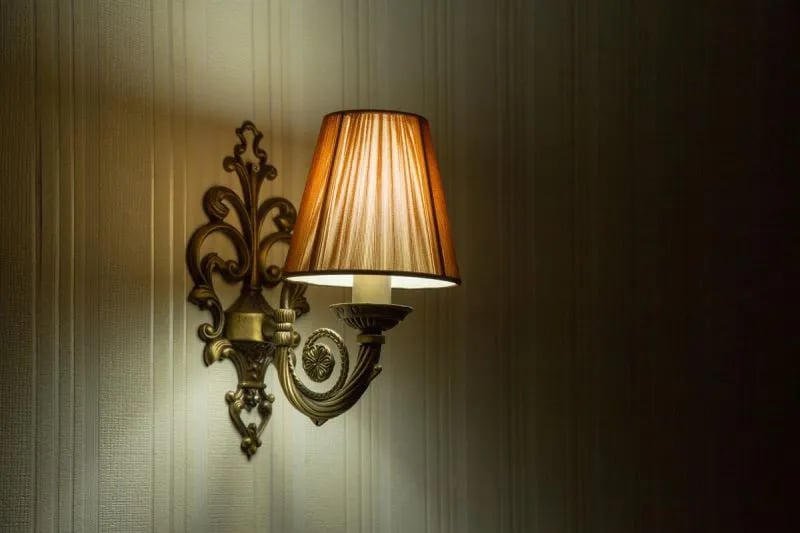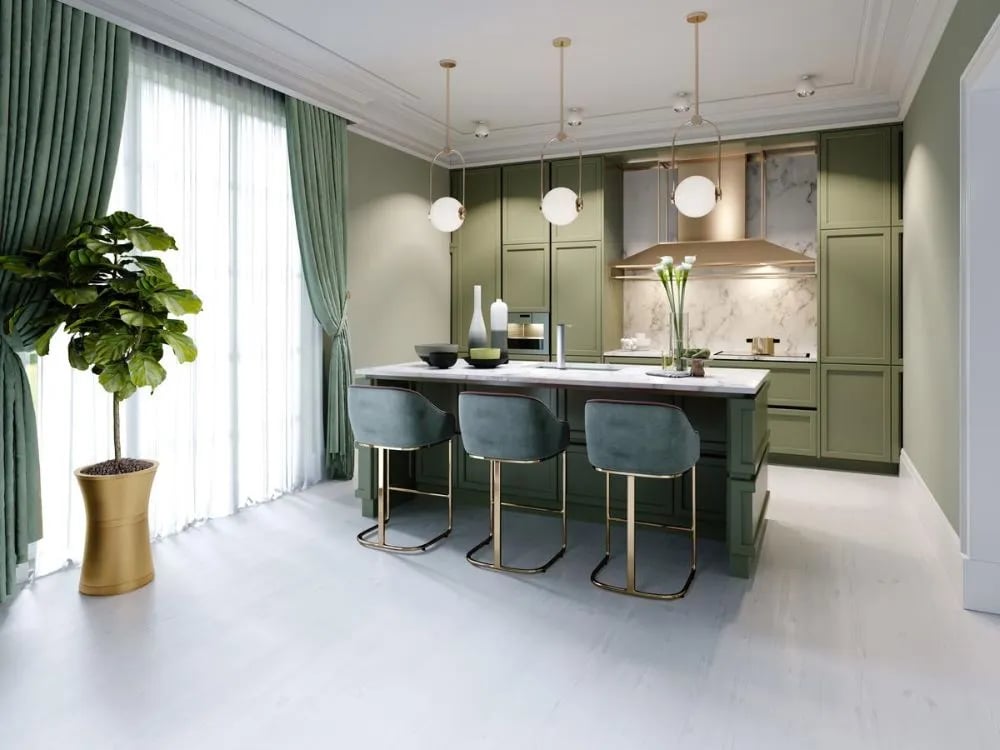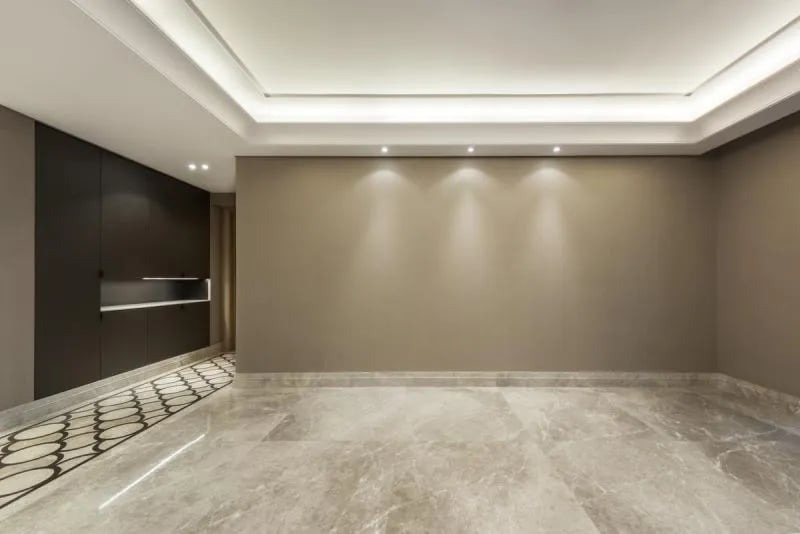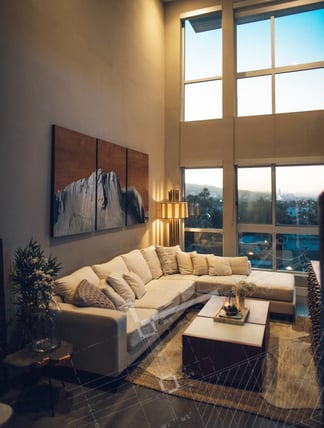Choosing the Right Interior Lighting: An Ultimate Guide
Choose the right lighting for your home and create a warm and inviting atmosphere. This guide provides tips for illuminating your space.

As human beings, we interpret lights positively as a sign of hope, warm feelings, and love. We seek light and escape from darkness. This perception of light and dark has its roots deep in our subconscious. As a result, the effects of lights on us are obvious. Lighting is crucial and we should consider it well when we think about interior design and decoration. This blog provides a comprehensive guide to understanding Lights and their importance.
The Definition of Lighting in Interior Design
Before we discuss how lighting is utilized in interior design. First, let's define lighting from the perspective of designers and practitioners. Lighting is the planned use of light to aesthetically improve a given space and expand its purpose.
What are the Advantages of Lighting in Interior Design?
- It has a functional job that gives us the ability to see at nights and in dark areas.
- Lighting is an element of style. You can improve the look of your space by altering lighting options and methods to add layers and dimension.
- It is a good substitute for the natural light of the sun because it can be regulated and altered.
- Lights can be used to improve mood and release tension and stress from the body and the mind. When lights are pleasing to the eyes they can affect a person’s feeling positively.
Types of Light:
In general, lights can be divided into two types according to their source: natural lights and artificial lights. These two types are the main sources of lighting for interior decoration. However, lights can also be divided into five specific types according to uses and effects.
1. General Lighting
General lighting is the basic form of lighting style that used is in interior design. Its main purpose is to illuminate a particular space functionally without considering the aesthetic aspect. The main feature of this type is that it is always direct and provides all-round illumination. A perfect example is a central pendant lamp that is usually used to light up a room.
2. Ambient Lighting
Ambient lighting is a type of lighting that is indirect and therefore less harsh than general lighting. It doesn’t usually use downlighting, which means it doesn’t create shadows. Examples of ambient lighting include eyeball spotlights or wall sconces. The ambient lighting is also an example of architectural lighting, which is often used to alter the appearance or size of a space.
Related: Explore the Turkish Decoration Pieces that add Elegance to Yout Interior Space.

3. Task Lighting
Task lighting is the source of light that provides functional illumination for specific tasks, such as reading or cooking. Desk lamps, under-cabinet lights, or reading lights are examples of lighting that are used for specific tasks. An interior designer would install the spotlight over the kitchen island to provide bright and direct task lighting, focusing on complementing the room’s overall aesthetic.

4. Accent Lighting
Accent lighting is similar to task lighting. This type of lighting draws attention to specific features or elements in a room, such as artworks or architectural details. It adds drama to the room by highlighting artwork, sculptures, and objects in cabinets or on pedestals which enhance the pieces and prevent them from being lost in an under-illuminated space.
Related: How to decorate your Kitchen: Top Ideas.
5. Mood Lighting
As the name suggests mood lighting is using the lights to change the mood of the space to be more inviting. This type of lighting can improve the general feeling in a room by counteracting the shadows caused by general lighting. It can boost your mood after a long day of work. In this method, Interior designers use table lamps and floor lamps to enhance the style along with the functionality of lights.
Lighting Effects
Downlighting
Downlighting is the most common form of lighting in interior design. Central lights and spotlights are common examples of it. Although they provide a compelling light and brightness, they may also cast annoying shadows for the human eye. Interior designers should balance these shadows using ambient lights.
Uplighting
In this way, the source of light is directed toward the ceiling which then reflects back to the rest of the room. This effect is used to draw attention to details of the subject when it is placed under it.
Check out our projects page to get insights about our quality designs.
Wall Washing
Interior designers use this effect to hide undesirable defects and eliminate shadows on a wall. If the source of light is placed at the right distance and angle it can illuminate a vertical surface evenly and uniformly.
Wall Grazing
Wall Grazing can be achieved by placing the source of light close to the wall producing intense shadow and highlighting the texture of the surface. Shadows can be intensified or softened by moving the lights closer to or further from the wall.
Related: How to Style Your Bookcase Like Pro.
Spotlighting
It is very useful for task and accent lighting because it highlights certain spaces. It also draws attention to more interesting features of the room instead of unflattering areas.

Perimeter Lighting
This effect is used to define the interior or exterior architectural perimeters. It focuses on the dimension of a room making it appear larger than its actual size. Interior designers use coving or cornices as the best way to get this effect.
Check out our service of decoration and finishes and get the best offers and deals to decorate your home.
Illuminate Your Home with Mimari Expert
Light is an important element of interior design and it should be tackled professionally to get the best result of it. To enhance the style of your lighting and improve the aesthetic features of your spaces lighting should be planned to fit well with the elements of the architecture. Mimari Expert has the knowledge and experience to implement plans to get the best-looking and most comforting rooms and spaces in your home or office.
Contact us today and discuss your ideas with one of our designers.
Some Of Our Works And Case Studies For Clients
Schedule a free consultation
You can get your free consultation by communicating with us.

